Littoral Combat Ship Program: Problem on Problem
Most interesting news April 11 published the website USNI News - the official publication of the US Naval Institute. From a representative of the Pacific surface command fleet The publication learned about the current problems with the maintenance and organization of the combat operation of ships of the LCS family. Due to a number of unresolved problems, the fleet has to revise the approved deployment schedule for such ships at the bases. In addition, military service in remote regions is at risk.
The current situation for USNI News has been described by Commander John Perkins, who is the spokesman for the surface forces in the Pacific. According to him, of the four LCS ships built on the very first order, three are currently under maintenance. Also on the small and medium repairs there are four of the eight newer ships, which entered service a little later. Thus, of the dozen ships built, only five, less than half, continue to serve. All others are in the process of Post Shakedown Availability (repair and recovery after a hike). This markedly hits the potential of the surface forces.
The situation is complicated by the specific approach to the operation and service of ships. In 2016, the command introduced new methods for training crews and distributing ships between formations. In accordance with this decision, the first four ships of the series were to remain at the San Diego base (California) and take on the training of new crews. In addition, with their help it was planned to test new types of equipment and weapons for other LCS. All other ships were proposed to be reduced to squadrons of four units.
As part of each such unit, one ship must perform the functions of combat training. The three remaining LCSs get their own tasks: combating coastal targets, anti-submarine defense, and search for naval mines. Thus, the three ships of the squadron must constantly serve, and the fourth is involved in the solution of combat missions, if necessary, as a means of strengthening the group.
It is easy to see what the implementation of such plans looks like at the moment. Of the four ships in San Diego, only one remains, capable of continuing the training of sailors. Two squadrons suitable for deployment, half "bloodless" and also can not fully solve the tasks assigned to them. In this situation, the naval forces must fulfill the approved plans for the transfer of ships to new bases in certain areas. Obviously, they will not be able to do it in a timely manner.
USNI News recalls that earlier the Executive Office of the program of unmanned and small warships (Program Executive Office for Unmanned and Small Combatants) managed to announce plans for the deployment of combat units. So, in 2018, it was planned to transfer one Freedom-class LCS ship from Mayport, FL to Bahrain. This ship was to be the first LCS in the US 5 fleet. In addition, two LCSs of type Independence should have been sent from San Diego to Singapore. It was assumed that sending three ships to new bases would increase the combat capability of US surface forces in the coastal zones and seas of the Indian Ocean.
The latest news on the status of available ships, announced by Commander J. Perkins, allowed USNI News to draw some less than optimistic conclusions. The publication claims that in the current situation this year, the US Navy will not be able to send the first LCS to Bahrain. The two ships that are scheduled to be sent to Singapore will first have to complete the PSA procedure. Then they will need training and certification of crews, after which they will be able to leave for a new base. There is every reason to doubt that at least one LCS will arrive in Singapore on 2018.
As it turned out, problems with the maintenance of ships affect not only the deployment, but also the training of crews. Moreover, such difficulties only exacerbate the situation with combat service. For the full and timely training of seafarers on the West and East Coast, the first ships of the LCS project should be deployed, which are now training ships. However, they are still in scheduled maintenance after the hikes and are not ready to continue their service. In addition, the program of their modernization continues with the correction of deficiencies revealed during the operation of all ships of the series.
As a result, it turns out that, at the moment, the US Navy cannot send “Coastal ships” to new duty stations due to the insufficient number of active groups, as well as due to low rates of personnel training. As a result, the LCS service on foreign bases, originally planned for the 2018 year, will start no earlier than 2019.
However, USNI News calls for an understanding of the current situation. There are a number of objective factors that in one way or another affect the work of the fleet and can worsen the situation. However, in this you can find positive moments.
Firstly, the publication reminds that any new and complex project always faces difficulties that, among other things, negatively affect the timing of the work. The second factor is the difference between the LCS ships of the new series from the first four. According to the results of testing and operation of early ships projects were reworked. In this regard, eight new ships are different from the four older ones in design, equipment and combat capabilities. Naturally, different and training crews. J. Perkins also indicated that already after the start of service, LCS ships could receive new equipment and weapon. For such innovations also have to pay time.
Finally, after the well-known events of the past year, which had tragic consequences, the US Navy began to pay more attention to security issues. In the context of maintenance and repair, this is realized in the form of more accurate work of specialists and enhanced quality control. As a result, the service under the standard PSA program takes longer, and therefore the ship remains at the dock longer, without being able to enter combat service.
Mentioned and another problem directly related to the organization of repair. LCS ships of the Independence type have a three-body design, which imposes certain restrictions on their maintenance. For most of the work required, including maintenance after hikes, they have to be put into dry dock. All such ships serve on the West Coast, where currently there is a real shortage of docks. Shipbuilding and ship repair enterprises are loaded with naval orders, and they cannot always accept another ship for repair. This circumstance is another factor with a negative effect.
At the moment, the situation with the ships Littoral Combat Ship is as follows. The San Diego base is served by the LCS Squadron 1 (LCSRON-1) division, which consists of the USS Freedom (LCS-1), USS Independence (LCS-2), USS Fort Worth (LCS-3) and USS combat craft Coronado (LCS-4), built on two projects. Ships with side numbers from one to three are in service. Coronado recently returned from Singapore. In the foreseeable future, he will take part in the next test of mine action systems. A little later, after leaving the docks, other ships carrying other equipment will join the tests.
The second squadron includes ships USS Jackson (LCS-6), USS Montgomery (LCS-8), USS Gabrielle Giffords (LCS-10) and USS Omaha (LCS-12), designed by Independence. "Jackson" is a training ship, while others are designed to solve real problems. However, the connection potential is limited, since half of its ships have not yet been entered into the fleet combat composition.
The base in Florida is the LCSRON-2 connection, which has already received the ships USS Milwaukee (LCS-5) and USS Detroit (LCS-7). The launch of two new ships, USS Little Rock (LCS-2018) and USS Sioux City (LCS-9), was scheduled for 11 year. In this squadron, the role of the training ship is assigned to the ship USS Milwaukee (LCS-5). All others, in turn, should be involved in solving real combat missions.
The current plans for the Pentagon include the construction of two types of 30 Littoral Combat Ship. A dozen have already been deployed in the fleet or are preparing for this, and there are already orders for new ships. Last fall, the naval forces signed the last contract providing for the construction of ships with aircraft numbers LCS-29 and LCS-30. Their construction will begin no earlier than 2020 of the year, and no later than the middle of the next decade they will go into service. This completes the LCS shipbuilding program. The US military does not plan to continue construction and acquire new ships in excess of the 30 already ordered.
***
It should be noted that the current difficulties in the preparation of crews and the deployment of ships fill up the already considerable list of problems of the LCS program. This program was launched at the beginning of the two thousandth, and its goal was to build a large group of small multifunctional ships capable of conducting combat operations in the coastal zone. Several dozen such ships should be deployed along both coasts of the continental US, as well as at remote bases.
Several companies participated in the development of the project for a promising coastal zone ship; The Pentagon accepted two projects for implementation. One of them was developed by Lockheed Martin, the second - General Dynamics. By the names of the lead ships, the projects were designated as Independence and Freedom, respectively. General Dynamics offered to build a trimaran ship, while the Lockheed-Martin project used the traditional single-hull scheme.
In accordance with the requirements of the customer, the ships of the LCS family had to solve a wide range of combat missions. They had to carry artillery and rocket weapons to combat coastal or surface targets, and should also develop anti-submarine and anti-mine weapons. If necessary, the ships were to participate in rescue or humanitarian operations. The fulfillment of such requirements was associated with certain difficulties that adversely affected the course of projects.
By the end of the last decade, a new problem was fully revealed. The development of two projects and the construction of the first four ships turned out to be prohibitively expensive, and they left the planned estimate. In this regard, there were proposals to abandon the LCS program due to its unacceptable cost. However, after some break, the construction of serial ships continued. However, before this project was seriously reworked in the direction of cheaper.
The proposed technical appearance of the ships was also criticized. The technical task for them stipulated the solution of the main combat missions, but according to the real characteristics and capabilities of the built ships were far from ideal. In this regard, the development of two projects continued, and the ships began to receive new equipment or weapons. This process is still ongoing.
Current plans include the construction of 30 ships, and all new ships correspond to the updated and cheaper projects. About a third of these plans have already been implemented, but the program faces new challenges. Due to technical difficulties, the need for regular maintenance and the specificity of personnel training, about half of the ready-made ships cannot yet go to sea and solve assigned tasks. In the future, the situation may change for the better, but still for some time the US Navy will face problems.
In the current 2018 year, the Pentagon planned to deploy three LCS ships to remote bases. One ship must go to Bahrain, two more - to Singapore. As the current situation shows, such plans are shifted to the next 2019 year. Not earlier than the end of 2018, it will be possible to return the cash ships from repair and put into operation new ones. And only after that LCS will be able to serve not only in their native bases, but also in remote areas.
The command of the naval forces sees and understands the problems. Possible measures are being taken to solve them, which are expected to allow all the ordered ships to be built, to accept them into the fleet's combat strength and to distribute them between the bases. However, there may be new difficulties, to get rid of which again will require time and effort. In addition, the program Littoral Combat Ship over the past years, and so bears the loss of reputation. It is unlikely that the success of the program will be able to completely eclipse all known failures, which at one time almost led to its closure.
An interesting and promising project Littoral Combat Ship fairly quickly faced technical and financial difficulties. Then began the problems associated with construction and operation. The latter lead to the disruption of the implementation of plans for the deployment and combat service. Apparently, “Warships of the coastal zone” for a long time will not be able to become a full-fledged component of the naval forces, as well as get rid of their bad reputation.
On the materials of the sites:
https://news.usni.org/
https://taskandpurpose.com/
http://fas.org/
http://globalsecurity.org/
http://navy.mil/
http://defenseindustrydaily.com/
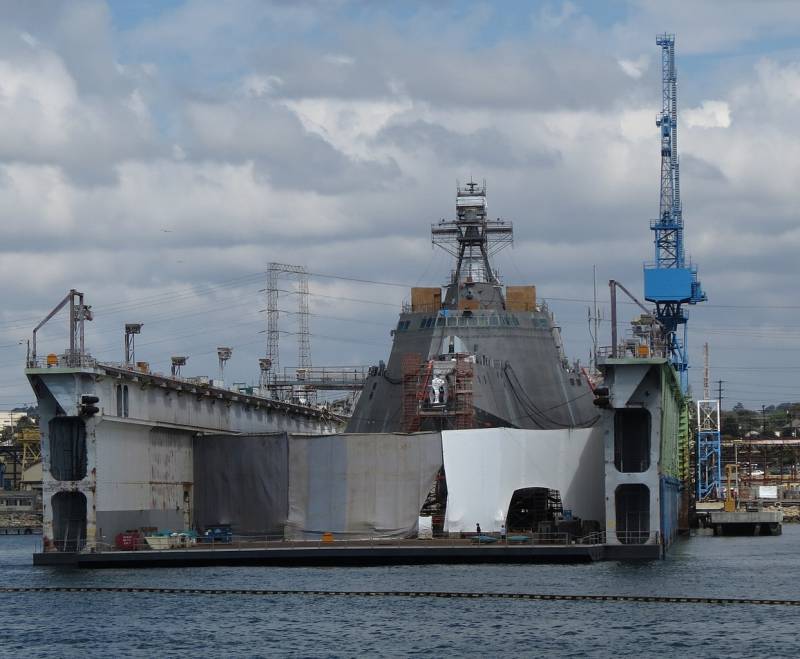
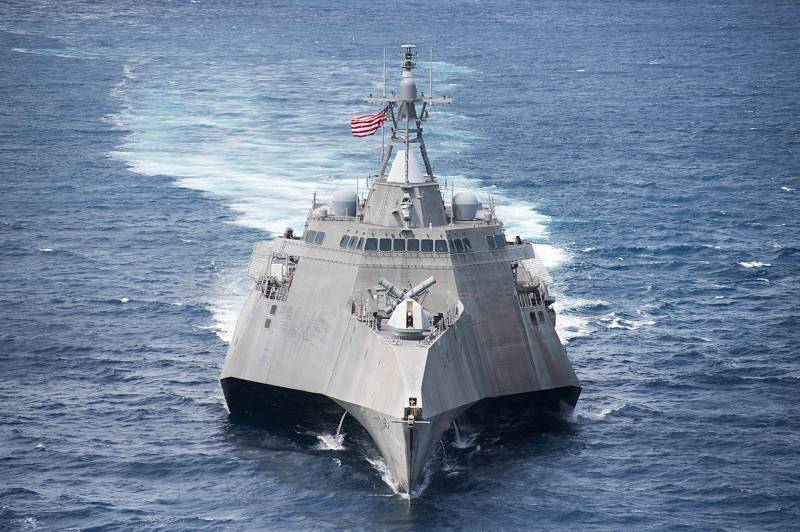
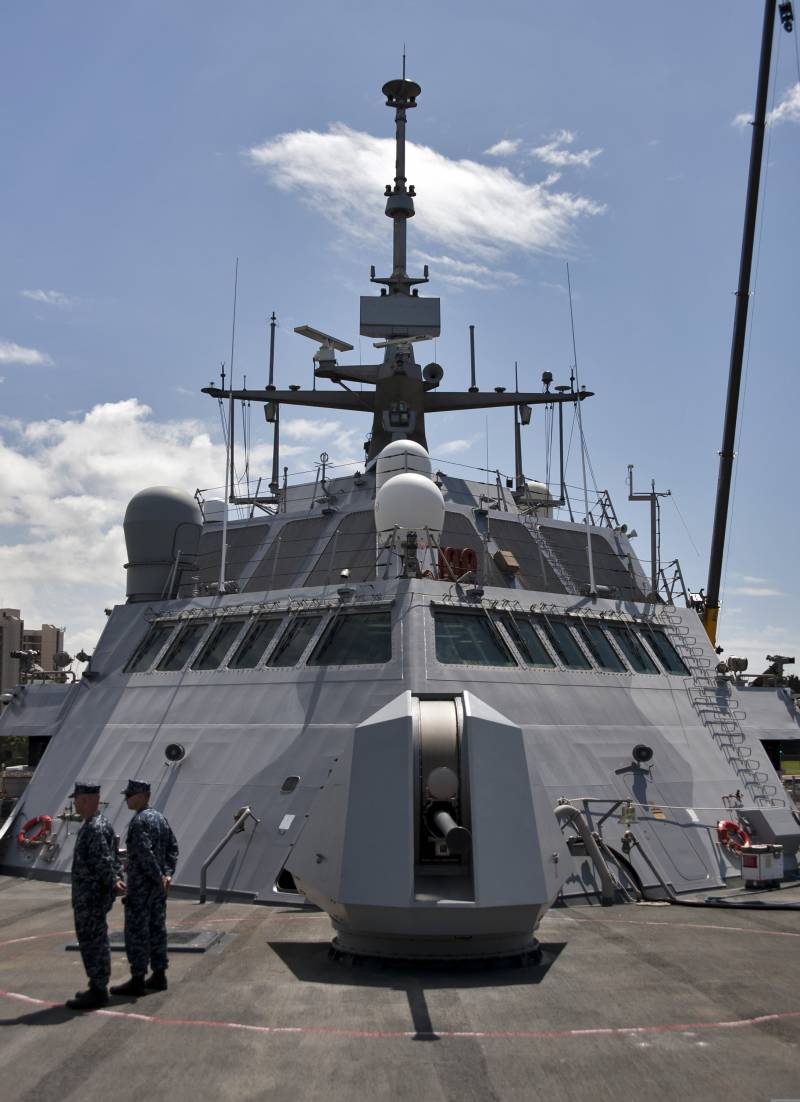
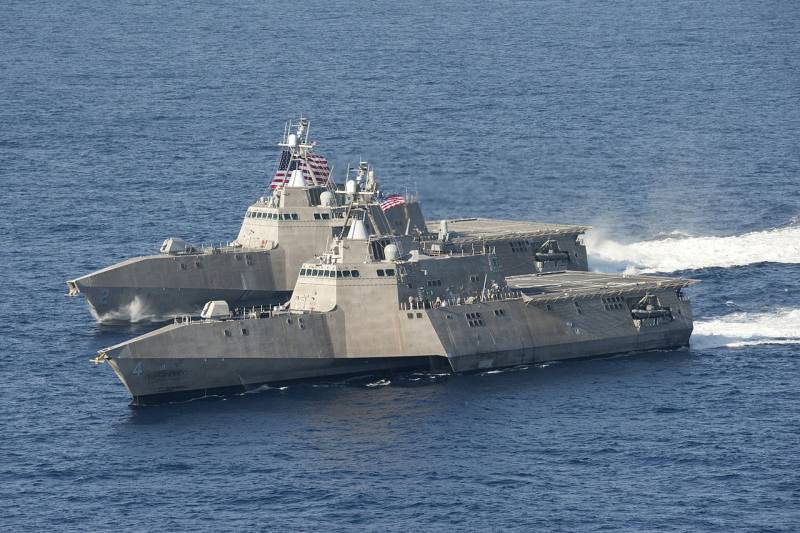
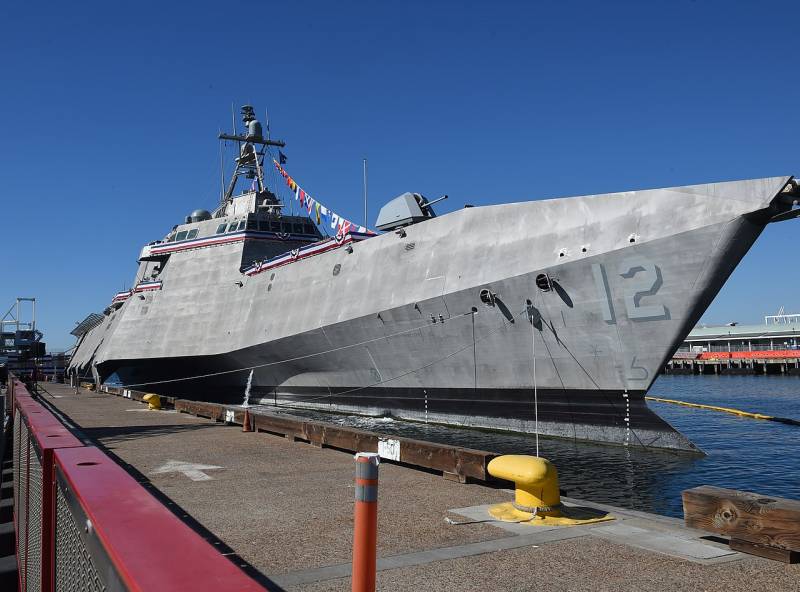
Information